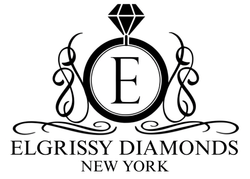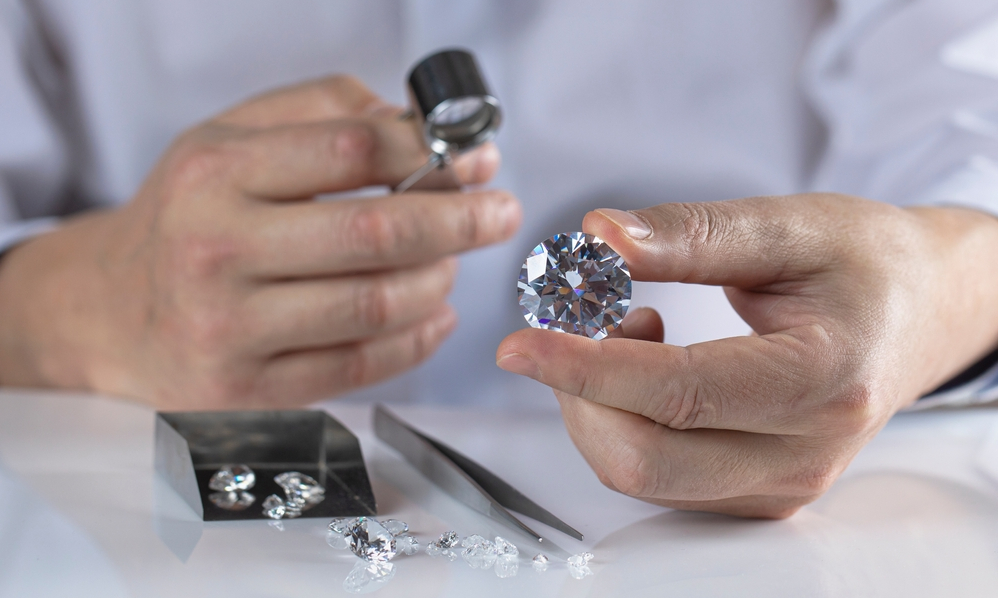Diamonds have long been celebrated as timeless symbols of love and luxury. For many buyers, purchasing a diamond is not only a significant investment but also an emotional decision tied to life’s most meaningful moments. However, while the dazzling stones and sparkling displays may capture your attention, what’s often left unspoken are the hidden costs that come with buying diamonds.
Beyond the price tag you see in the store, there are additional expenses that can significantly impact your overall investment. From insurance premiums to maintenance fees, and resizing costs to retail markups, these hidden costs are important to understand before making your purchase.
1. Insurance Costs
When purchasing a diamond, one of the first hidden expenses you’ll encounter is the cost of insurance. Diamonds are valuable assets, and insuring them protects your investment against theft, loss, or damage. However, this protection comes at a price.
The cost of insuring your diamond depends on its appraised value, which often includes the diamond itself and the jewelry setting. On average, insurance premiums range from 1% to 3% of the diamond's value annually. For instance, a $10,000 diamond could cost you $100 to $300 per year to insure.
While insurance provides peace of mind, it’s essential to research different providers, read the fine print, and ensure that your policy covers all potential risks. This way, you avoid paying for insufficient coverage or unnecessary extras.
2. Resizing Fees
Another common but unexpected cost is resizing your jewelry, particularly rings. After purchasing a diamond ring, you may discover that the size isn’t quite right. Whether it's a gift or a personal purchase, resizing is a frequent necessity and one that’s rarely included in the initial purchase price.
The cost of resizing can vary depending on the complexity of the design, the material of the band, and the degree of adjustment required. For a simple gold band, resizing might cost around $50 to $100. However, for more intricate settings or platinum rings, fees can climb to several hundred dollars.
Planning ahead by accurately measuring the intended wearer’s ring size can minimize the need for resizing. Still, it’s wise to ask your jeweler about resizing policies and potential costs upfront.
3. Maintenance Expenses
Owning a diamond doesn’t end with the purchase. To keep your diamond looking as brilliant as the day you bought it, regular maintenance is essential. Over time, dirt, oil, and wear can dull its sparkle, while settings may loosen, putting your diamond at risk of loss.
Maintenance can include professional cleaning, inspections, and repairs. Cleaning fees typically range from $25 to $50 per session, while fixing loose prongs or worn settings may cost anywhere from $50 to $250, depending on the complexity of the work. For high-value pieces, jewelers often recommend annual or semi-annual maintenance, which can add up over the years.
To reduce these costs, some jewelers offer maintenance plans for a flat fee or include complimentary services for a limited time after purchase. Be sure to inquire about these options and understand their terms before making a decision.
4. Real Price Markups
One of the least transparent aspects of buying diamonds is the significant markup applied by retailers. While many buyers assume the sticker price reflects the intrinsic value of the diamond, the reality is that it often includes a substantial retail markup, sometimes as high as 100% to 200%.
Retailers justify these markups by factoring in operational costs, branding, and profit margins. For consumers, this means the price you pay can be significantly higher than the diamond’s wholesale value. Online retailers or diamond wholesalers often offer lower prices due to reduced overhead, but they may lack the personalized service or guarantees that come with brick-and-mortar stores.
To avoid overpaying, educate yourself about diamond pricing by understanding the “Four Cs” (Cut, Clarity, Color, Carat) and using online tools to compare prices. Asking for certifications from reputable gemological labs like GIA or AGS can also ensure that you’re getting a fair deal.
5. Additional Hidden Costs
Beyond the commonly discussed expenses, there are other hidden costs that can catch diamond buyers off guard. These might not seem significant at first glance but can add up over time.
-
Certification Fees: A certified diamond comes with a report from a recognized gemological laboratory, such as GIA or AGS. This report verifies the quality and authenticity of the stone, giving buyers confidence in their purchase. However, if the diamond you’re considering isn’t already certified, you may need to pay for this service yourself. Certification fees typically range from $50 to $200, depending on the size and characteristics of the diamond.
-
Taxes and Duties: In many cases, taxes and import duties are overlooked until the final bill arrives. Sales tax varies by location, and international purchases may include customs duties. For high-value diamonds, these charges can be substantial, adding several hundred or even thousands of dollars to your overall cost. Be sure to check local tax regulations and clarify whether these fees are included in the quoted price.
-
Storage and Security Costs: If you own multiple pieces of fine jewelry or a particularly high-value diamond, proper storage becomes essential. A secure home safe, bank deposit box, or specialized jewelry case can safeguard your investment but often requires an upfront purchase and ongoing maintenance costs. High-security options like deposit boxes may also involve annual rental fees.
When buying a diamond, it’s easy to focus solely on the beauty and allure of the gemstone itself. However, understanding the full scope of hidden costs can save you from unexpected financial surprises. From insurance and maintenance to resizing fees and retail markups, these expenses are an inevitable part of diamond ownership.
By educating yourself about these hidden costs and asking the right questions, you can make more informed decisions and plan your purchase with confidence. Remember, a diamond is not just a symbol of love and commitment but also a significant financial investment that deserves careful consideration.







